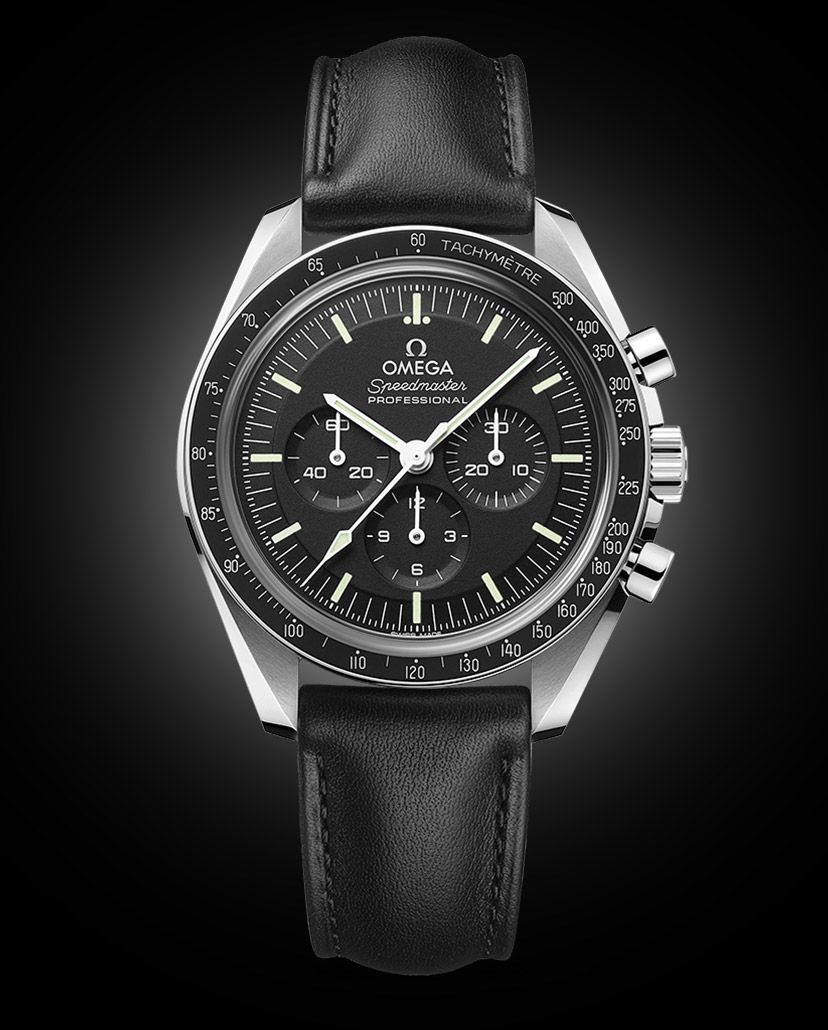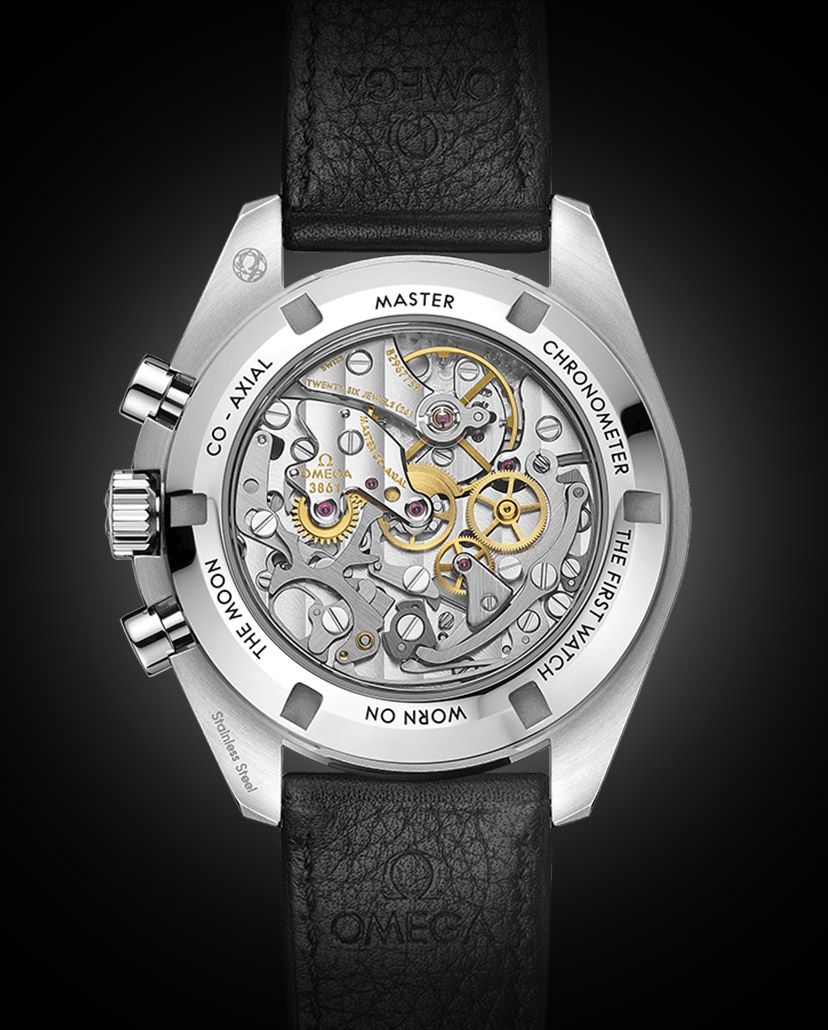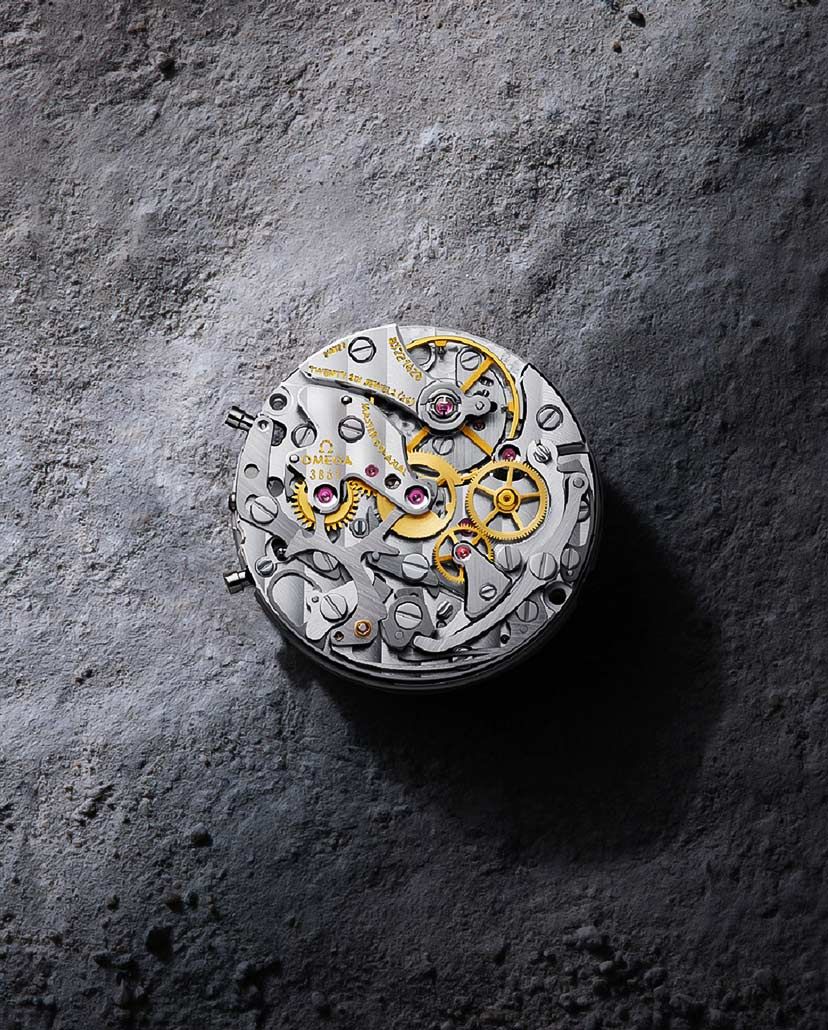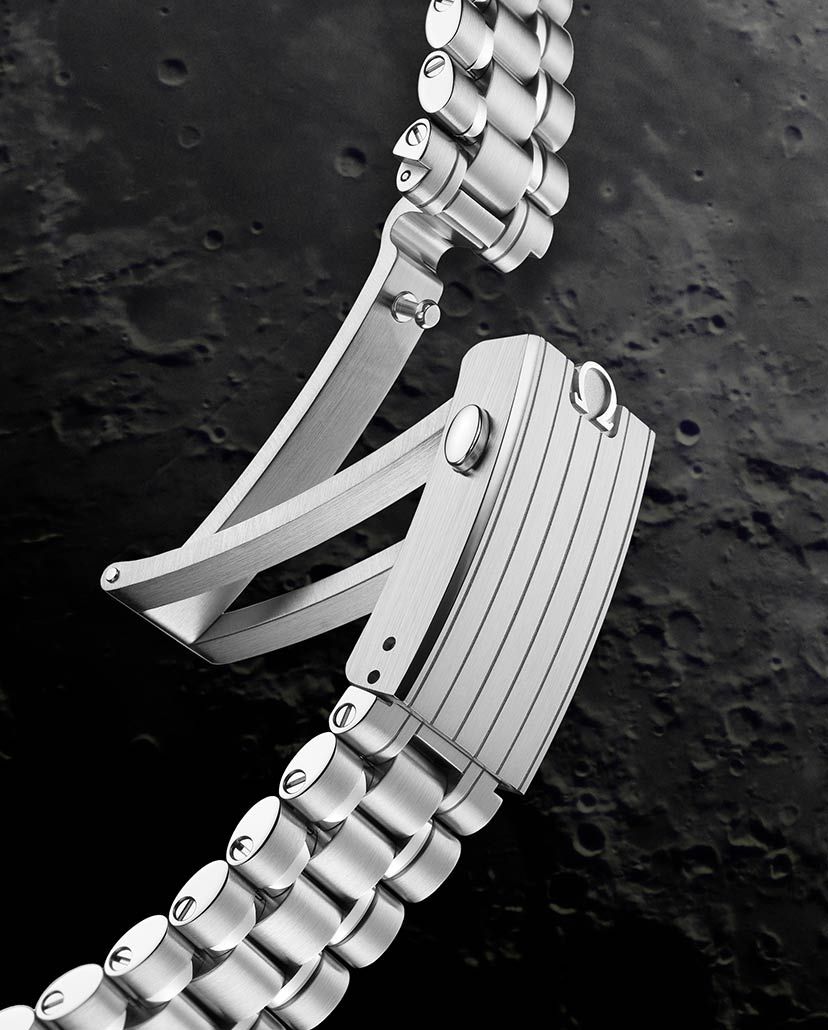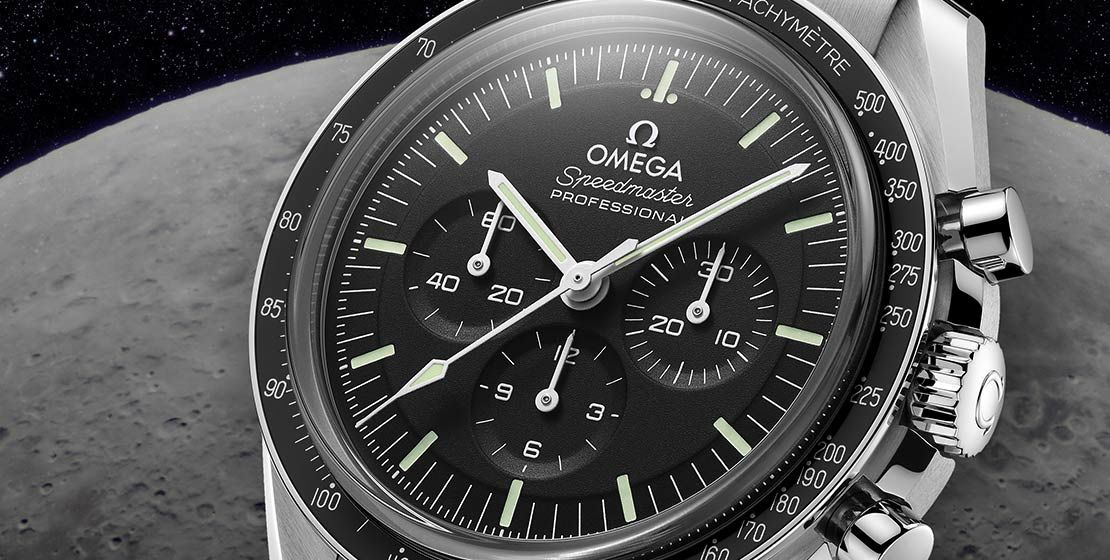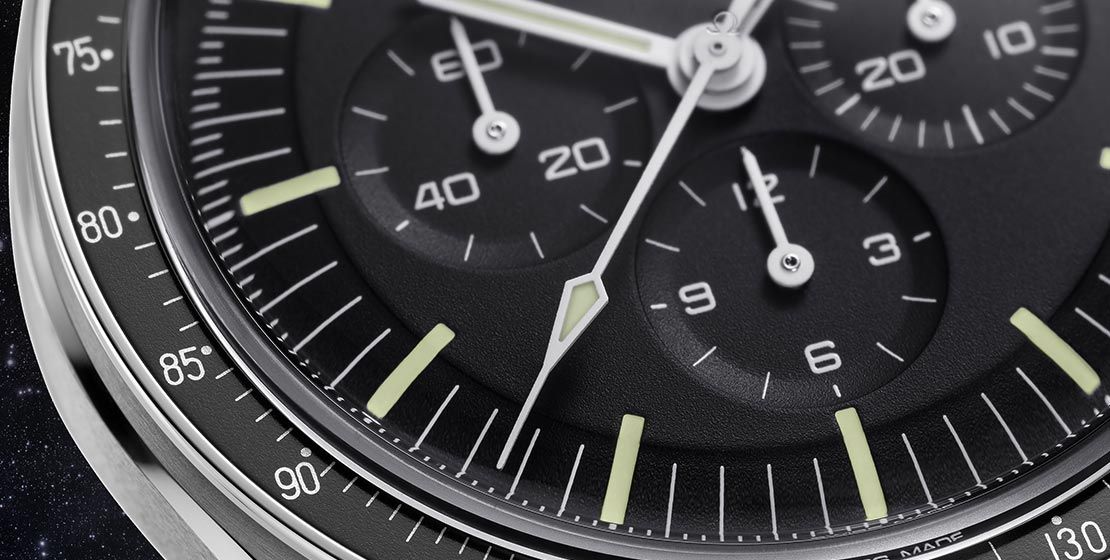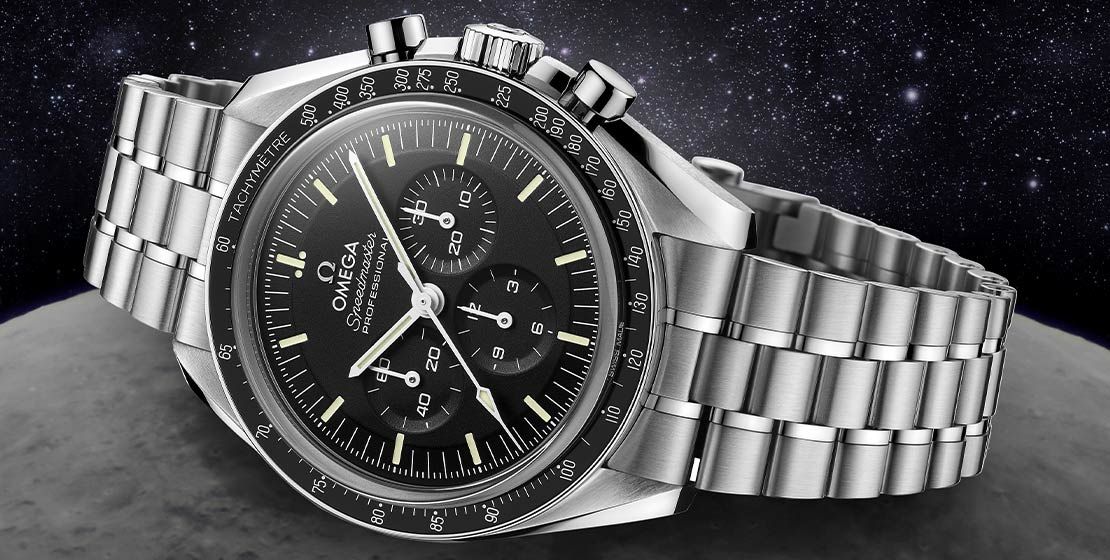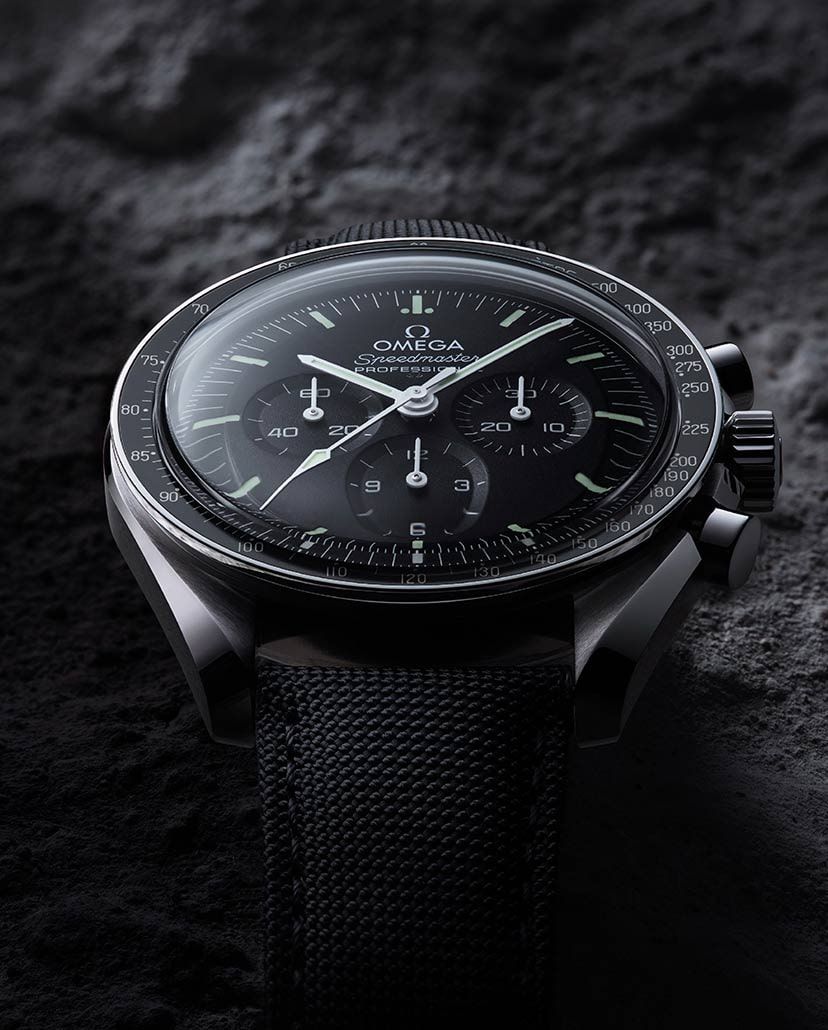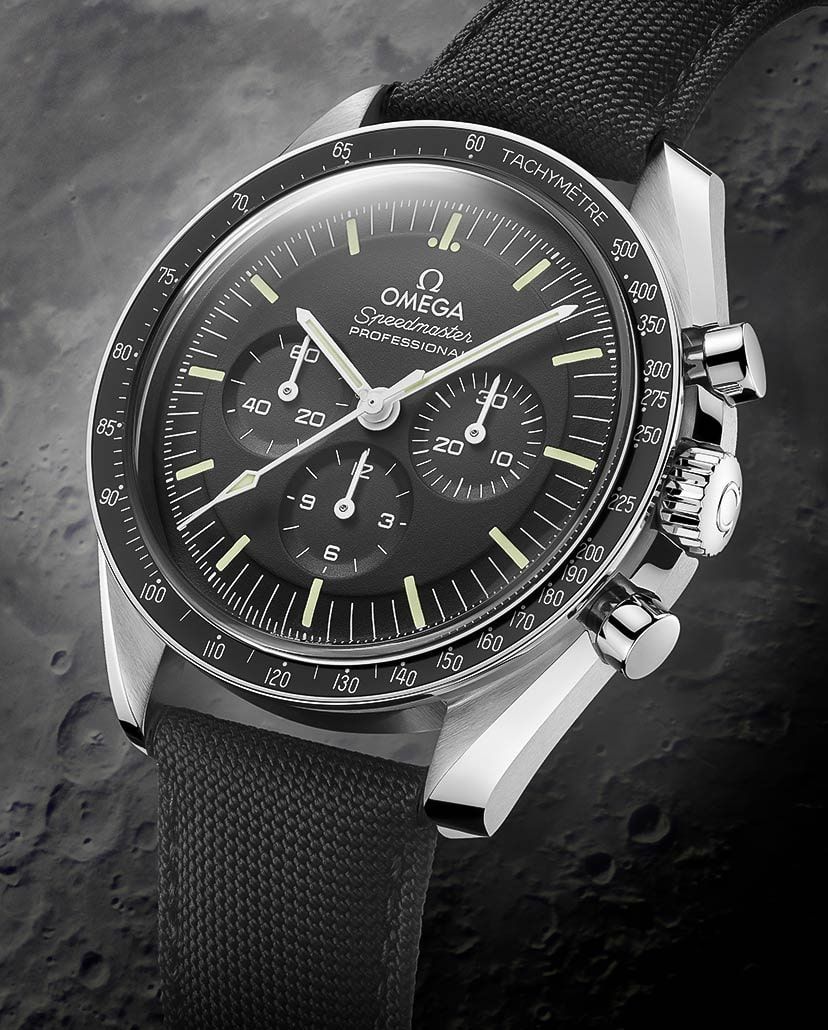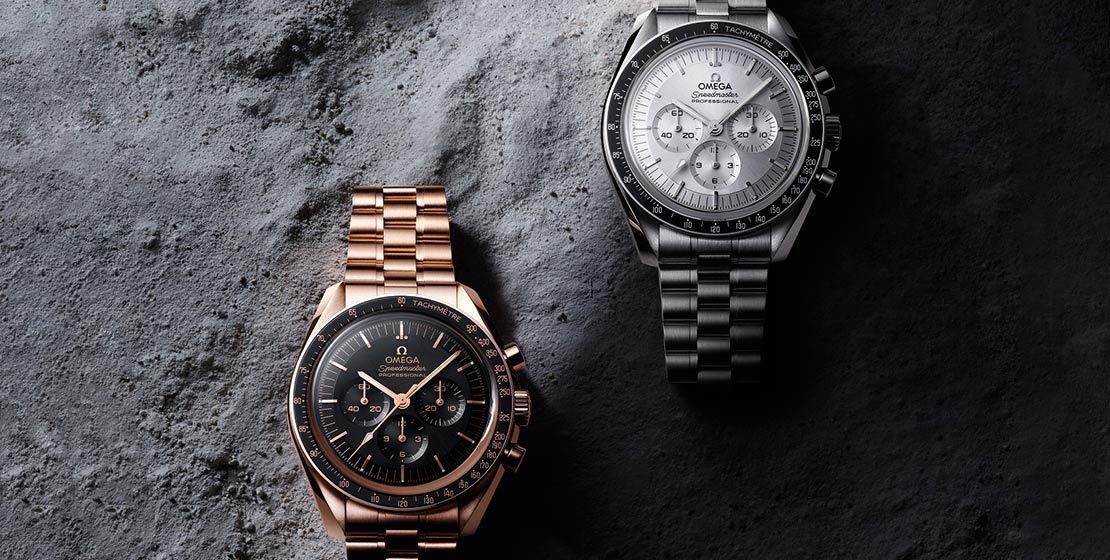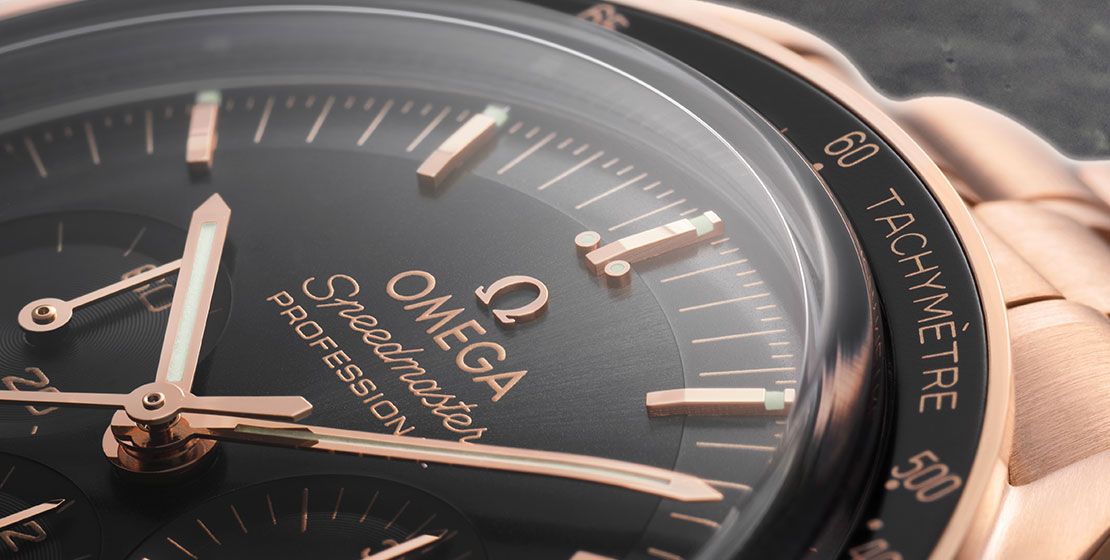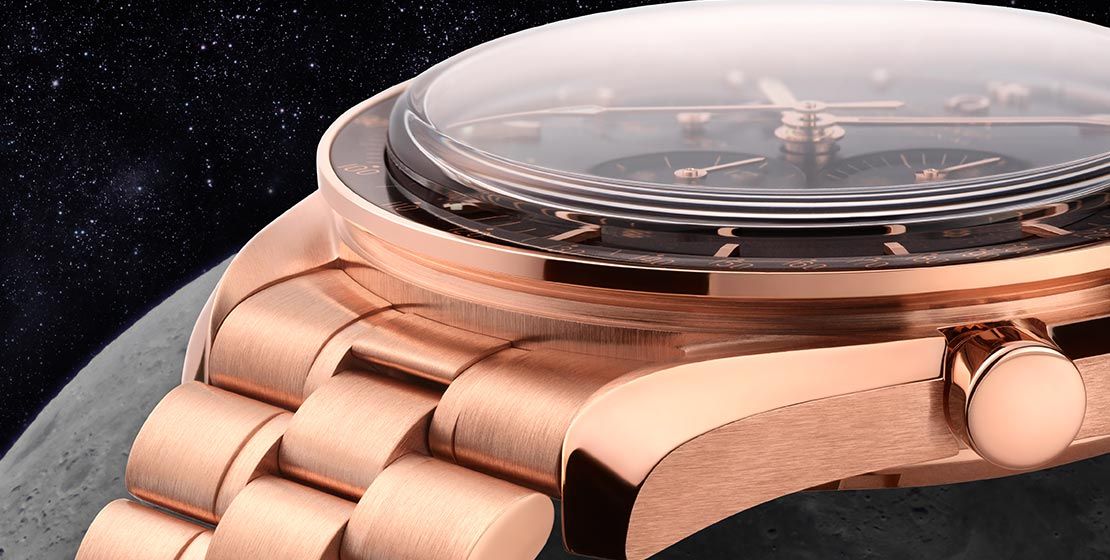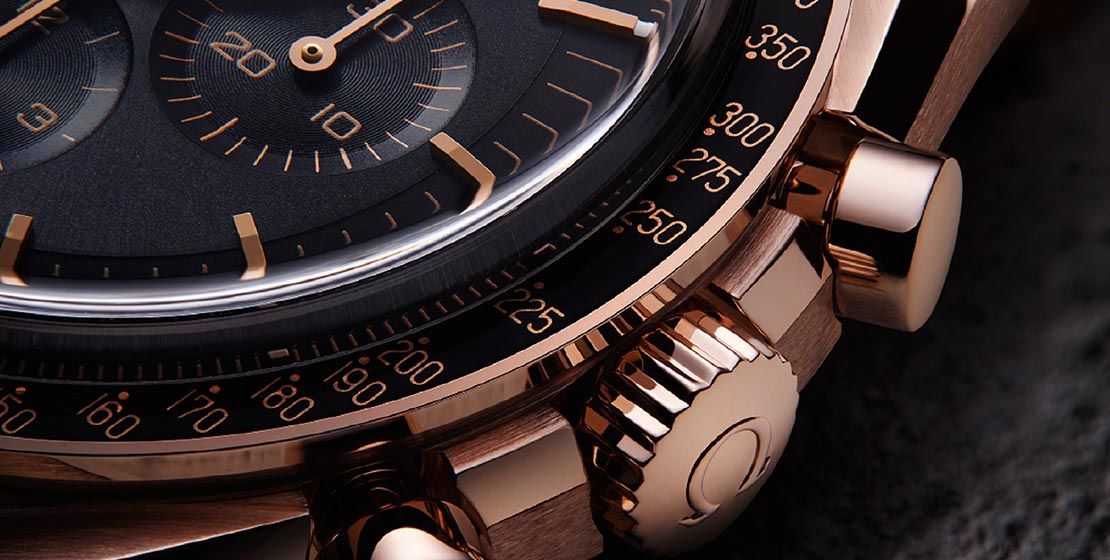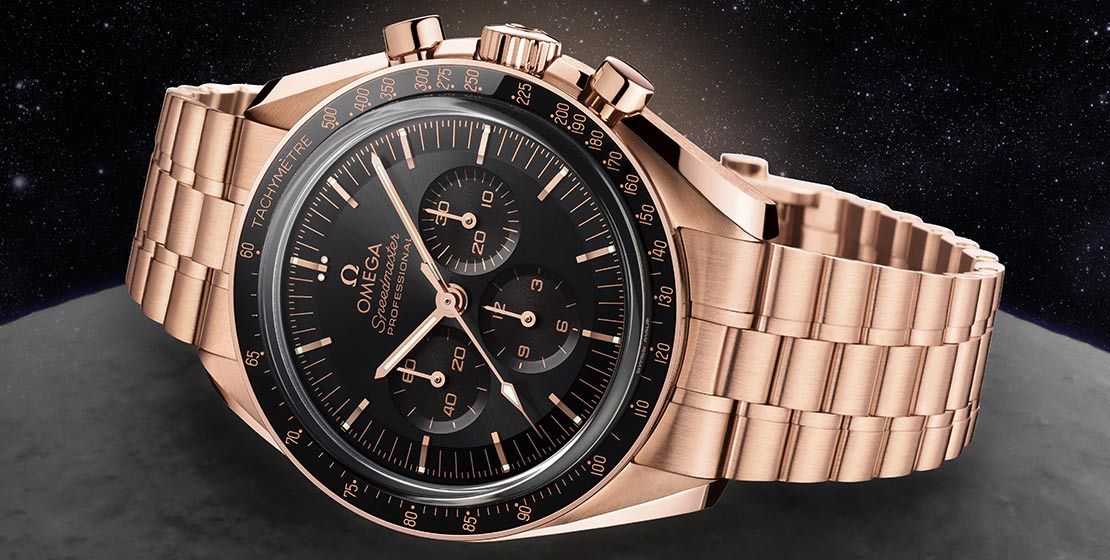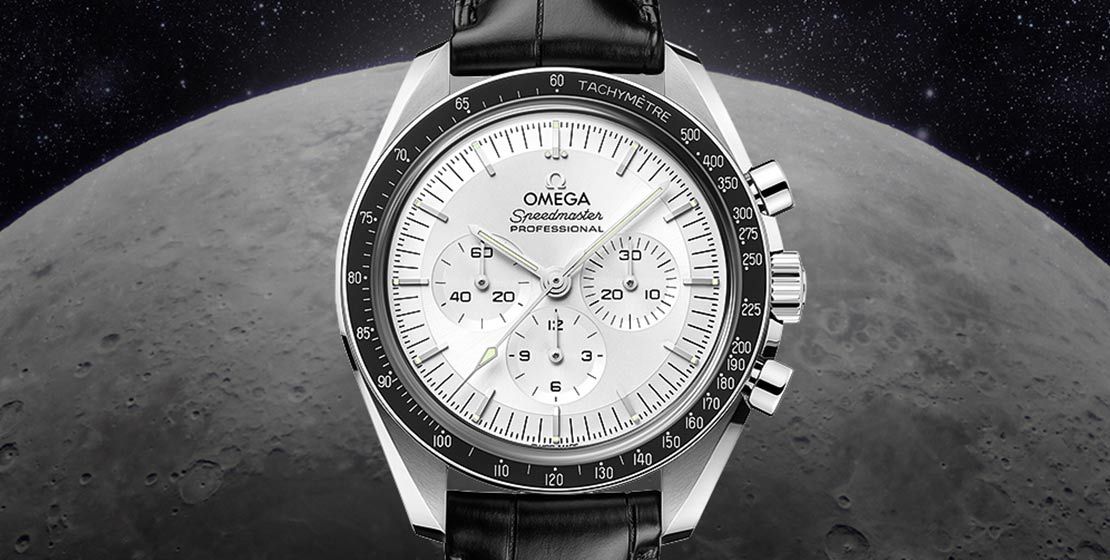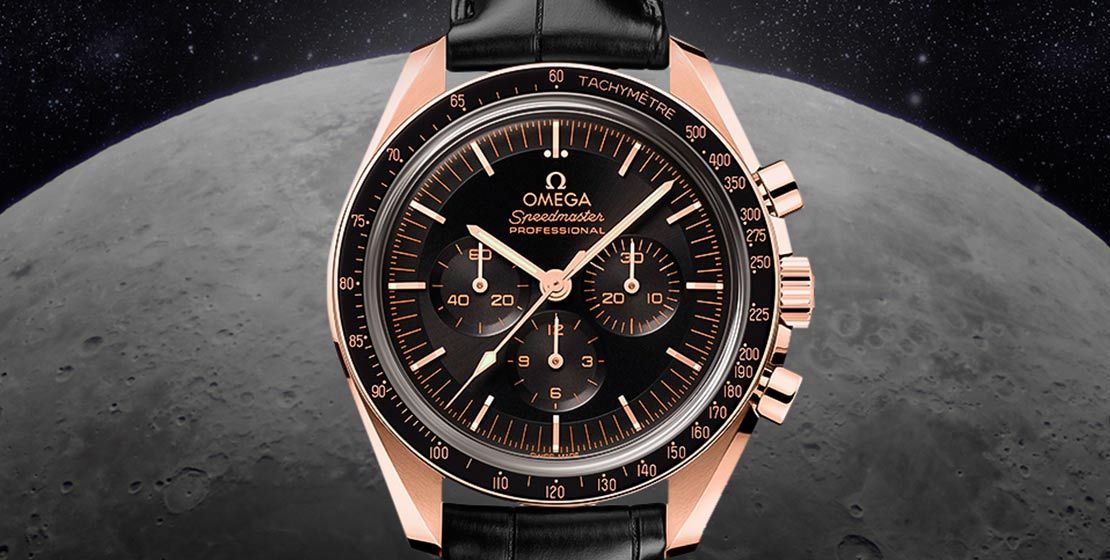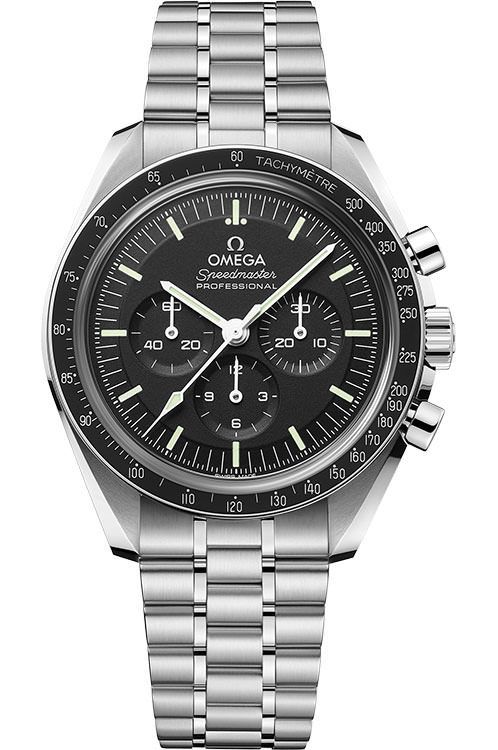ReviewThe Omega Speedmaster Moonwatch: 52 Years After Its First Trip To The Moon
July marks the anniversary of humankind’s first successful trip to the Moon—the Apollo 11 mission in 1969—which was also when the Omega Speemaster Moonwatch was immortalised. It’s still the only wristwatch that’s been to the moon—six times at that. This July, let’s take a look at the latest Moonwatch, and its glowing new Master Chronometer certification
May We Recommend
Undoubtedly one of the most iconic and beloved wristwatches ever created, the Omega Speedmaster Moonwatch has a long and interesting past that includes the part where the Speedmaster collection originally had nothing to do with space. Today though, no one can completely separate the collection from space—not even the editions that are not a part of the Moonwatch series. In fact, over the five-plus decades since the first Moon landing, Omega have understandably built on that legacy, with various editions that draw inspiration from not just that Moon landing, but from space exploration in general. We’ve even seen a number of ‘Dark Side of the Moon’ watches, inspired by NASA’s Apollo 8 mission, where they flew around to the other side of the Moon before returning to Earth. However, these new watches have not only been to capitalise on past achievements. There has been some innovation—in mechanism, design or material—in all of these space- and Moon-inspired editions. Even so, Omega’s not a brand to simply rest on its laurels. They have been known to push boundaries of excellence in watchmaking, and particularly so in the arena of accuracy and precision timekeeping—most notably with their Master Chronometer certification.
Read more about how Omega’s watches have been inspired by the Moon and space exploration
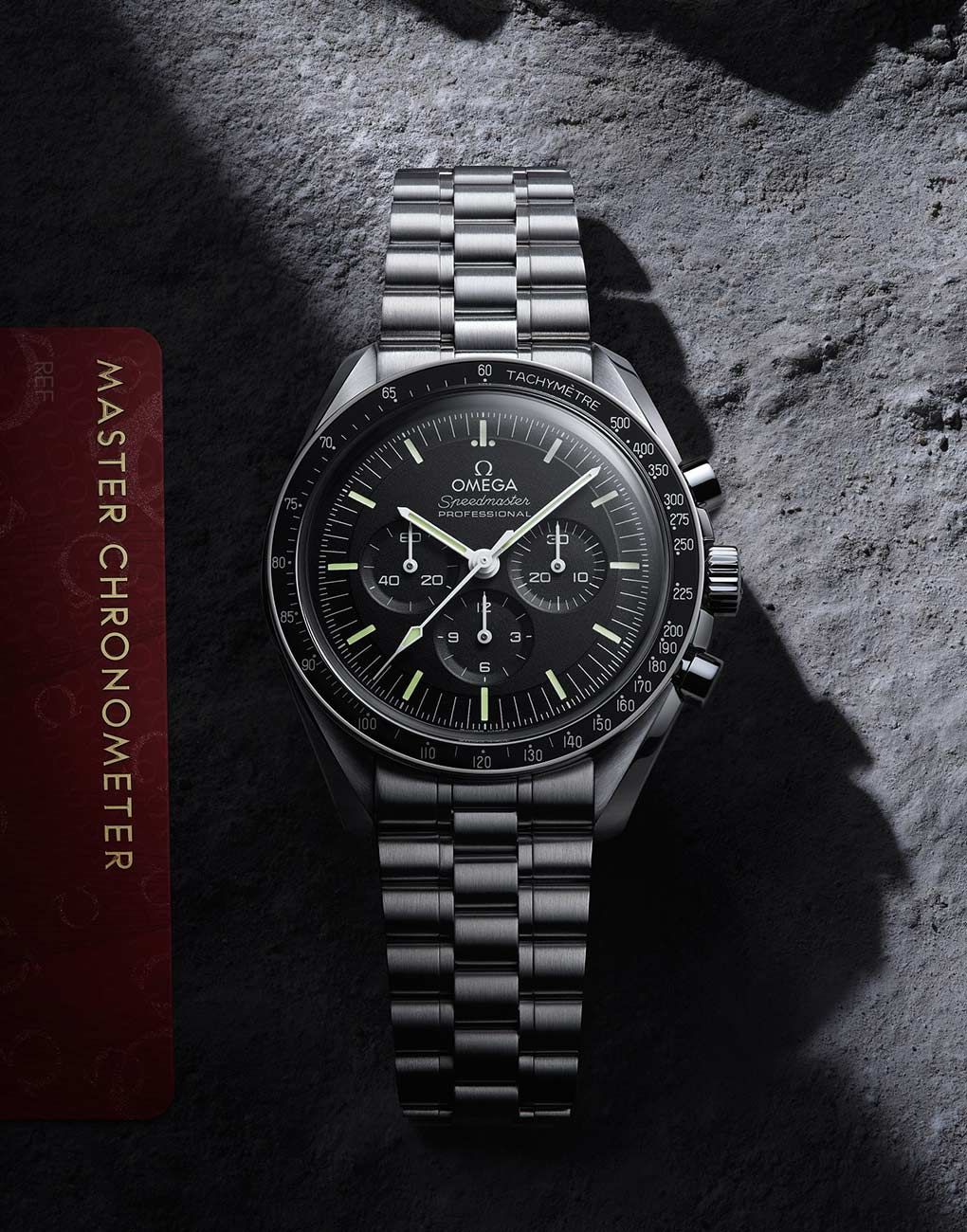
‘Master Chronometer’ is a huge mark of reliability and assurance, and is not one that Omega take lightly. Over recent years, so many of the brand’s signature pieces and novelties have been awarded the certification with their updates. So it came as absolutely no surprise when the beloved and iconic Moonwatch also became a Master Chronometer with its latest edition, introduced by the brand earlier this year. While the already reliable accuracy of the series has become the most reliable accuracy that you can come across in mechanical timekeeping, the design has been updated just a wee bit. The hint of an update just gives it a slight newness that one might not even be able to put one’s finger on, unless you compare this edition with older Moonwatches. In fact, these latest versions aren’t all that different in design as compared with the watch that was worn on the Moon in 1969, with just minor tweaks having being made to the look since then.
A Brief History Of The Moonwatch And Its First Trip To Space
It was in 1957 that Omega introduced the first Speedmaster. Back then, the only goal was to create a sturdy chronograph watch that would be waterproof, user-friendly and very accurate. It also happened to be the first wristwatch that featured a tachymeter scale on the bezel—a feature that would come to be associated with motorsport watches in the decades that followed. This first Speedmaster ran on the accurate calibre 321.
Six years later, in 1963, the National Aeronautics and Space Administration of the United States, or NASA, had just completed their Project Mercury. The astronauts who were a part of the Mercury missions asked to be issued a reliable watch for their manned space missions. So the following year, their operations director, Deke Slayton wrote to several watch manufacturers, requesting ‘high-quality chronographs’. Among the brands that responded were Omega, who sent their third-generation Speedmaster chronographs (reference 105.003). NASA tested all the watches they received, subjecting them to extremes of heat, shock, vibration, vacuum, and so on, and only the Speedmaster passed all the tests. So in March 1965, it was declared ‘flight-qualified for all manned space missions’, which is a line you’ll find on the casebacks of several Moonwatches even today.
Just weeks later, the Speedmaster went into space, in an official capacity, for the first time, worn by Virgil ‘Gus’ Grissom and John Young during the Gemini 3 mission. Later that year itself, astronaut Edward White became the first American to walk in space, when he exited his Gemini capsule, and he was wearing the Speedmaster 105.003 while doing so.
The Moonwatch And Its Many Moon Landings
In 1965 itself, Omega began to develop the following generation of the Speedmaster. This fourth-generation edition featured important changes that defined the Speedmaster as we know it today. It was the first one with the asymmetrical case featuring the twisted lugs of today’s Speedmasters. Even the word ‘Professional’ was printed on the dial for the first time on this edition. The references—105.012 and 145.012—were those that were worn by the Apollo 11 astronauts.

Four years later, in 1969, Neil Armstrong, Edwin ‘Buzz’ Aldrin and Michael Collins wore these Speedmasters when they embarked on the Apollo 11 mission. Collins circled the Moon, while Armstrong and Aldrin landed the Lunar Module. Incidentally, Armstrong left his watch in the Lunar Module, so Aldrin was the one photographed on the Moon wearing the Speedmaster. Over the next four years, five more Apollos successfully made it to the Moon, and the Speedmaster accompanied each one—Apollos 12, 14, 15, 16 and 17. Apollo 13 famously did not make it all the way, and nor did the Speedmaster. However, the watch did play a significant role in helping bring the astronauts back to Earth safely, when the mission was crippled by an on-board explosion. Despite the uncertainty, the astronauts couldn’t use electronic equipment, in order to conserve power. The Omega Speedmasters turned out to be the only devices that could precisely time a series of engine burns that repositioned the craft and enabled its safe return to Earth.
The Moonwatch’s Master Chronometer Certification
Let’s fast forward to this decade, and the latest movement to be used in a Moonwatch. It took Omega four years to develop the calibre 3861, with which they have been able to achieve Master Chronometer standards. First released in 2019, the 3861 has a 50-hour power reserve—higher than that of its predecessors in this line of famous manual-winding movements. The calibre also features Omega’s revolutionary co-axial escapement, which is more effective, and requires no lubrication when compared with regular escapements. Additionally, the silicon balance spring helps the movement withstand the high magnetism that the watch is subjected to in order to achieve the Master Chronometer certification.
To earn a Master Chronometer certification, a watch that already houses a chronometer movement—certified by the COSC (Contrôle Officiel Suisse des Chronomètres or the Official Swiss Chronometer Testing Institute)—must pass eight rigorous tests. Overseen by the Swiss Federal Institute of Metrology (METAS), the testing includes subjecting the watch to extreme magnetic fields, reaching 15,000 gauss—the same level as that of a typical MRI scanner—among others. Every watch that leaves the Omega manufactory has undergone these tests, ensuring that its performance and accuracy remain unaffected by all the extremes.
Retaining The Iconic Moonwatch Design
While the movement of the Speedmaster Moonwatch has been given a certifiable makeover, the design, too, has seen a few tweaks, albeit minor. After all, you don’t create and sustain something so iconic by changing too much, too quickly. Yet, an adjustment here and a modification there lend the design a slightly more modern touch as compared with its predecessors. “When updating a sacred timepiece like the Speedmaster Moonwatch, every detail must be true to its original spirit,” stated Raynald Aeschlimann, president and CEO of Omega, when this new edition was introduced in January this year. “This chronograph is recognised the world over, so we’ve approached its design with the most sincere respect, while taking its movement to the next level.”

These nuanced details updated in the new Moonwatch include the markings between the seconds—now divided into three equal parts. This is done in accordance with the frequency of the calibre 3861 within, and a delightful little reminder of Omega’s attention to detail. The stainless steel straps have also been slightly modified. The fully-brushed bracelet features five arched links per row—a design that was used in the Speedmaster Apollo 11 50th Anniversary Limited Edition of 2019. The new clasp on this bracelet features a polished Omega emblem on a satin-finished base, and it comes with new, polished, oval-shaped pushers.
The rest of the design—which draws direct inspiration from the original 1969 Moonwatch ST 105.012—is pretty much the same, including the asymmetrical case, twisted lugs and the short, wide chronograph pushers. The black dial is stepped, with recessed sub-dials for the small seconds at nine, and the 30-minute and 12-hour chronograph counters at three and six o’clock. Even the central hands are domed, following the bevel of the stepped dial. Meanwhile, even the distinctive ‘dot over 90’ and the dot diagonal to 70 on the tachymeter scale of the anodised aluminium bezel have been retained. The caseback is also double-bevelled—a Speedmaster staple. This is where you can really tell the difference between the variations of the new Speedmaster Moonwatches.
The Differentiating Features Of The New Moonwatches
Like the watch worn on the Moon in 1969, these versions are also in 42mm steel. The movement is the same in all. The only major difference really is in the glass and caseback. The versions that are ‘flight-qualified by NASA in 1965 for all manned space missions’ come with steel casebacks, with an engraving of this distinction, along with other details, including Omega’s seahorse medallion. The glass on these watches is in hesalite crystal, and features a subtle etching of the Omega emblem right at the centre. There are two such models—one with the new steel bracelet, and the other with a nylon textile strap.
The other versions come with sapphire crystal for the glass—also domed like the hesalite crystal. The caseback is also in sapphire crystal in these versions, which gives you a proper view of the calibre within. While this edition is not ‘flight-qualified’ for outer space, it still bears the distinction of being a Moonwatch Professional—a descendant of ‘the first watch worn on the Moon’. From a practical point of view, this watch is sturdier for day-to-day use, owing to the scratch resistance of sapphire crystal. While it is scratch-resistant, though, it would most likely shatter on the Moon, given the pressure exerted on the glass. Hence hesalite crystal—a shatter-resistant, softer material that can remain intact even under that kind of pressure—was qualified for space.
As expected, these watches come with Omega’s five-year warranty—also a mark of the advancement that the manufacture have made in technology and their confidence in assuring such durability in this manner. And it’s this very ability to craft robust and reliable watches that earned them the qualification and acclaim that came with the Speedmaster becoming the Moonwatch. So this new Master Chronometer edition really is just a continuation of that legacy—another advancement, another mark of excellent performance. All the while, the design of the beloved Moonwatch continues to be as identifiable as the one worn on the Moon 52 years ago.


